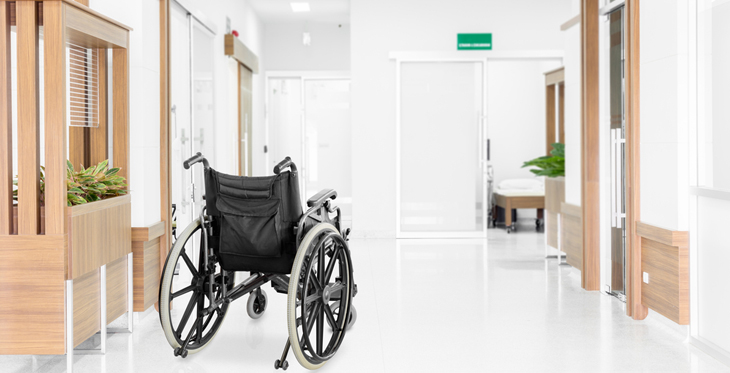Telemedicine is a relatively new way to bring medical examinations, diagnosis and treatment services to a patient over a network. Telemedicine solutions that include peripherals, such as a stethoscope, otoscope and high quality zoom camera, bring patients face-to-face with an offsite physician who can quickly examine, diagnose and provide treatment options during an off-hours emergency.
The use of a telemedicine system within a skilled nursing facility (SNF) not only opens dialogue between healthcare professionals at different facilities, but also allows an offsite physician to more rapidly access and diagnose the patient and recommend treatment based on a first-hand evaluation, offering an even greater level of patient care. With these benefits in mind, telemedicine is becoming increasingly important for skilled nursing facilities facing a wave of new penalties stemming from changing rules governing patient readmissions.
For care teams stationed within a SNF, recognizing the impact of readmissions has long played a role in preserving the patient’s well-being. However, beyond increasing the potential of infection, polypharmacy, and discomfort and stress for the resident and family, unnecessary readmissions now carry the potential for new penalties as a result of The Protecting Access to Medicare Act of 2014 (PAMA).
The Changing Readmissions Landscape for Skilled Nursing Facilities
The effect of PAMA stems from changes in quality measurements implemented under the Affordable Care Act (ACA), which generated guidance stating that readmission rates will potentially impact Medicare reimbursements to hospitals. Under PAMA, similar conditions now extend to SNFs. An incentive pool for high-performing skilled nursing facilities has been created, leveraging a rating system that measures a SNF’s performance at preventing unnecessary hospital readmissions within a set timeframe.
The Department of Health and Human Services (HHS) currently evaluates and rates SNFs on an all-cause, all-condition readmission measure, similar to a fee-for-service model. Starting in October of 2016, the measures will transition to a risk-adjusted, potentially avoidable hospital readmission rate (reflecting a migration to more of a pay-for-performance model).
Using these measures as a guide, HHS will create performance standards for SNFs, monitoring the levels of achievement and improvement. Operators will be scored on these standards and ranked annually, and Medicare reimbursement rates will be based partially on this ranking. SNFs with higher rankings will receive the highest incentive payments and lower ranking facilities will be reimbursed even less than prior to the new standards and rankings taking effect. This can have a profound impact on a SNF’s bottom line, placing new urgency on adopting solutions that enhance collaboration among care teams with the shared goal of reducing avoidable readmissions.
Leveraging Telemedicine for a Competitive Advantage
So what does this mean for SNFs? Put simply, facilities must be prepared to not only track and trend their clinical outcomes as they relate to readmissions, but to also work together with physicians and hospitals to provide more consistent quality care to reduce unnecessary readmissions in the first place. It is necessary to facilitate better overall communication between caregivers to prevent unnecessary trips to the hospital. One path to achieve this is through implementing a technology solution like telemedicine.

